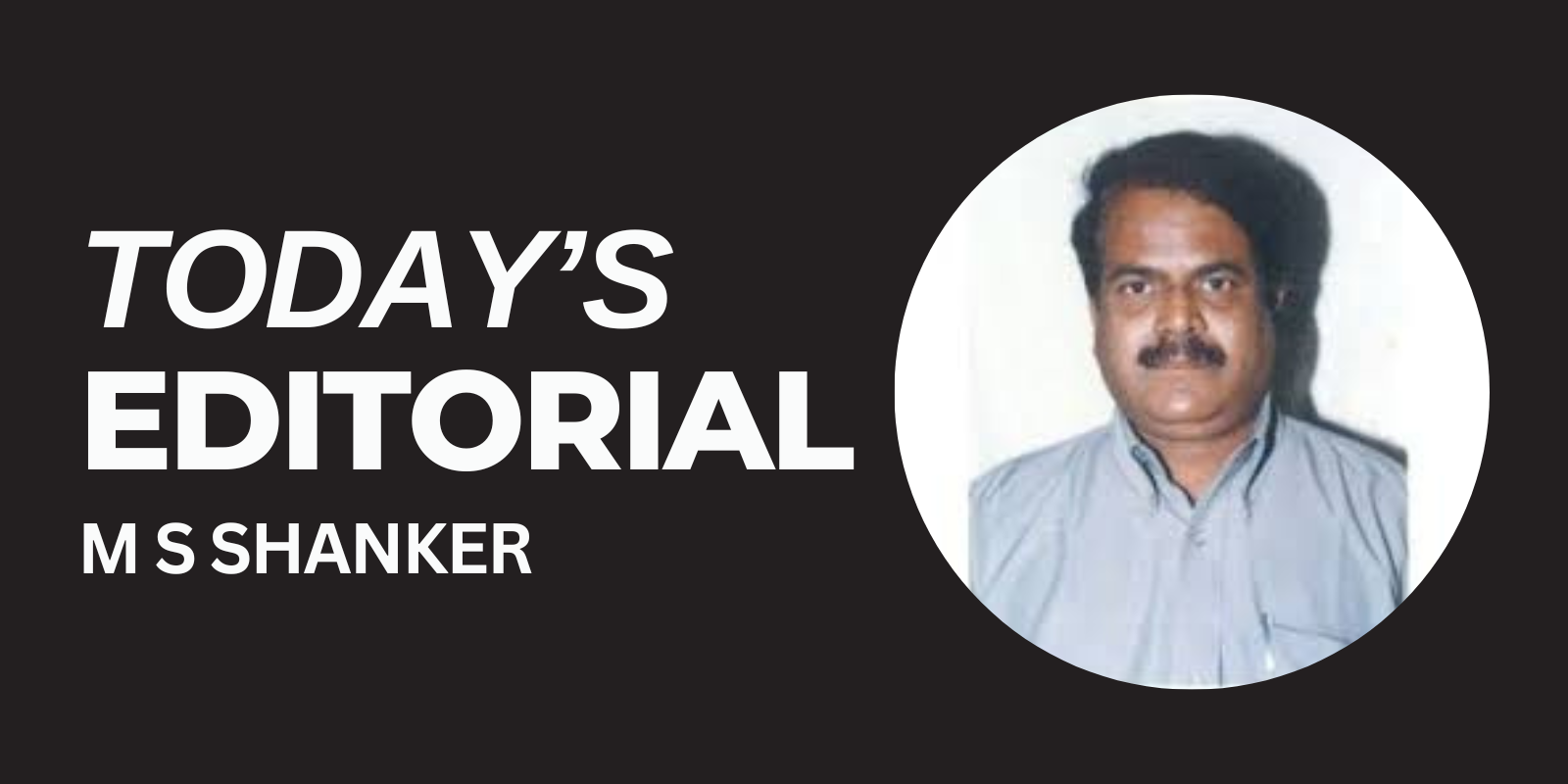The recent developments surrounding the gang rape and murder of Abaya, a junior doctor at a government hospital in West Bengal, have shocked the nation. In response, the Supreme Court took up the case suo moto, holding four hearings, and identifying serious flaws in the way the Mamata Banerjee-led Trinamool Congress (TMC) government handled the situation. Yet, despite the gravity of the crime and the court’s observations, the apex court has been notably hesitant to take stringent action against the Chief Minister. This raises troubling questions about the inconsistency in how justice is being administered, especially when compared to the recent case of Delhi’s former Chief Minister, Arvind Kejriwal, who faced a much stricter approach. The fact that the Chief Justice of India (CJI) DY Chandrachud personally initiated the suo moto case shows the seriousness with which the judiciary is treating the incident. The court has been critical of the West Bengal government’s failure to install CCTV cameras in hospitals, a measure that could have provided crucial evidence in such heinous crimes. This lapse has been a point of contention, yet the court’s hesitation to directly restrain the Chief Minister from her duties, as it did in Kejriwal’s case, raises questions about selective application of justice.
In Kejriwal’s case, a two-member bench, though divided, ultimately granted him bail but imposed strict conditions that prevented him from stepping into the state secretariat or signing any files. This decision forced his resignation, demonstrating the court’s willingness to take swift action when a sitting Chief Minister is implicated in criminal wrongdoing. Yet, when it comes to Mamata Banerjee, who holds both the Home and Health portfolios under which the crime was committed, the court seems reluctant to take a similarly firm stance. The contrast between the two cases is glaring. Kejriwal was named as the prime accused ‘Kingpin” in the multi-crore state excise policy scam and spent six months in Tihar prison. The court’s actions were decisive—by curbing his official powers, they ensured that justice would not be obstructed by his political position. In Mamata’s case, despite the gravity of the crime and the lack of substantial action on her part, the court has refrained from issuing any such directives. This discrepancy is hard to overlook. It is crucial to note that the agitating junior doctors, who initially refused to work in protest of the government’s inaction, rejoined their duties in adherence to the court’s directive. This demonstrates that those seeking justice are willing to follow the law. However, Mamata Banerjee’s government, responsible for ensuring safety in public institutions, has not fulfilled its promises. The demand for CCTV cameras, among other security measures, has been largely ignored, despite Mamata orally agreeing to implement them after multiple meetings with the doctors. The Supreme Court, which observed the lack of progress in its last hearing on September 30, has yet to impose any real consequences on the Chief Minister.

One of the most alarming aspects of this case is the involvement of the Central Bureau of Investigation (CBI). The CBI, in its status report to the Supreme Court, indicated that significant evidence in the case may have already been destroyed by the state machinery. This aligns with concerns that Mamata Banerjee’s government could be actively covering up the crime, shielding those responsible, and undermining the judicial process. The hospital superintendent, along with other accused, has refused to cooperate, and the state’s apparent indifference to collecting and preserving evidence suggests a larger, more systemic issue. In this context, the court’s reluctance to restrain Mamata from office is troubling. The potential for further destruction of evidence, especially when a powerful figure like the Chief Minister holds both the Home and Health portfolios, should be a cause for immediate judicial intervention. One cannot ignore the political sensitivity of restraining a sitting Chief Minister, particularly one as influential as Mamata Banerjee. However, justice must be blind to political power. If the court can take decisive action against Kejriwal in Delhi, there is no reason for Mamata to be treated differently. The CJI and his colleagues must recognize the danger of allowing someone in such a position of power to continue without restraint, especially given the ongoing destruction of evidence and the lack of cooperation from the accused. The Supreme Court must act swiftly and decisively. It is not enough to merely hold hearings and issue observations. The failure of Mamata Banerjee’s government to implement basic security measures, such as installing CCTV cameras, should be met with concrete consequences. The court must consider restraining her from her official duties, just as it did with Kejriwal, to ensure that justice is not further compromised. Law-abiding citizens, who still place their faith in the judiciary, are left wondering why Mamata Banerjee has been allowed to continue in office when her actions—or lack thereof—pose a clear threat to justice. The court’s hesitation risks eroding public trust in its impartiality, especially in cases involving powerful political figures. It is time for the Supreme Court to take a stand, not just for the sake of Abaya, but for the integrity of the judiciary itself.





